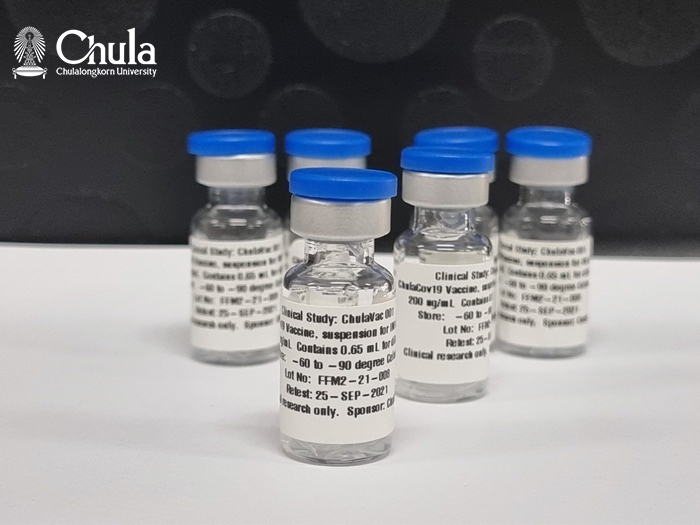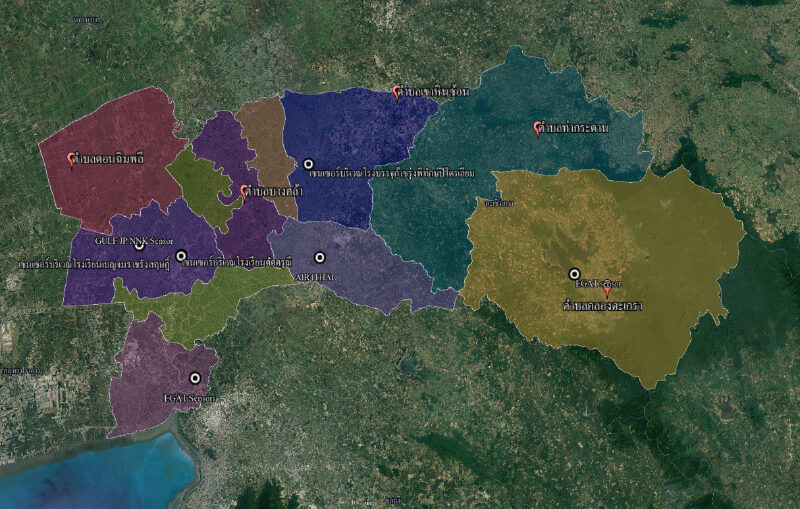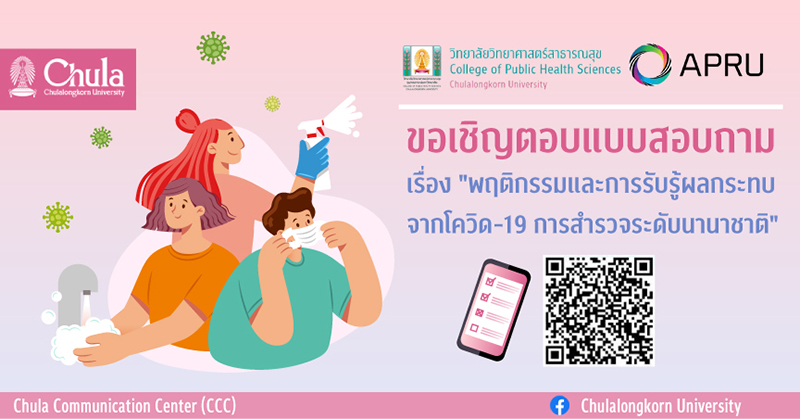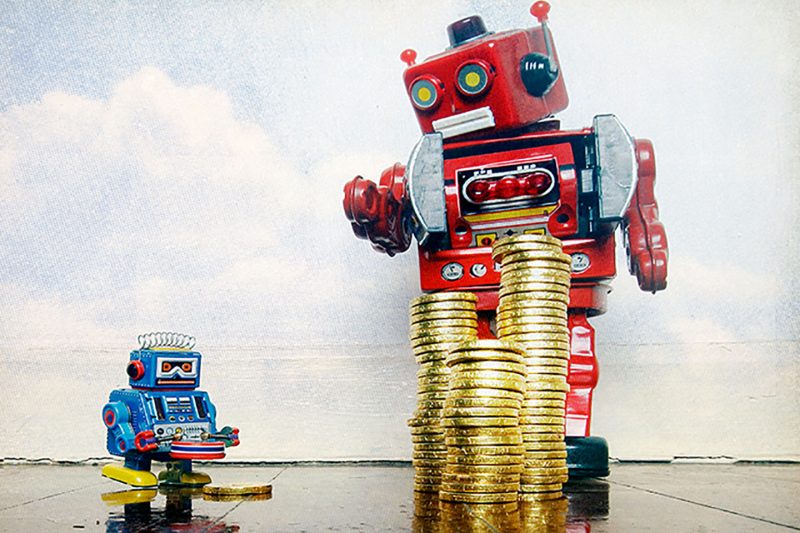Two innovations for the revival of Thai coral reefs, being the first to achieve artificial insemination, endorsing 3D printing to create an artificial coral
The issues surrounding the rapid deterioration of the ocean’s ecosystems constitute an emergency requiring immediate resolution. Environmental scholars from around the world are paying close attention to the biodiversity of marine ecosystem plants and animals, which are being directly and indirectly impacted by the current climate anomalies. Numerous species are on the verge of extinction as a result of human actions, which have precipitated their rapid population declines. The “coral reef” is among these species.
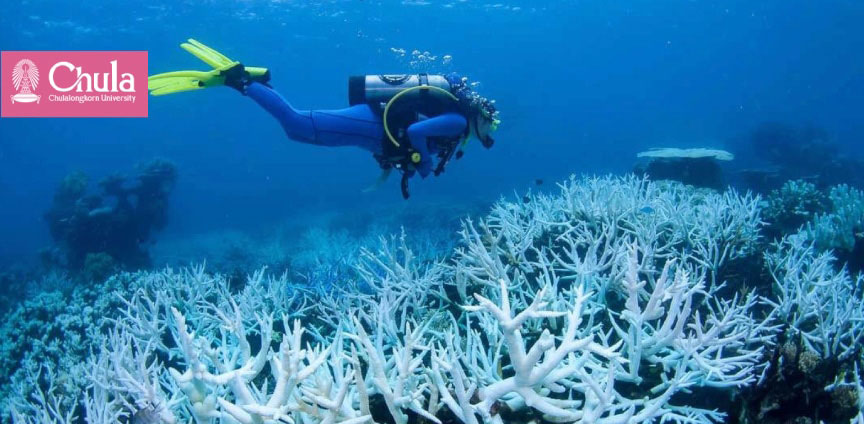
From the report of the National Oceanic and Atmospheric Administration (NOAA), it is estimated that many oceans across the world are currently experiencing stress from the ever-changing environment, unavoidably affecting coral reefs. Especially in the year 2547BE, within the space of a year, 38 percent of coral reefs around the world had already been affected, which is over 12,000 square kilometers. Of course, the food chain of the marine ecosystems was also affected, consistent with the 2558BE Scientific Reports that predicted that in the year 2588BE or the next 25 years, corals reefs are at risk of becoming completely extinct, and there may only be 10 percent remaining worldwide.
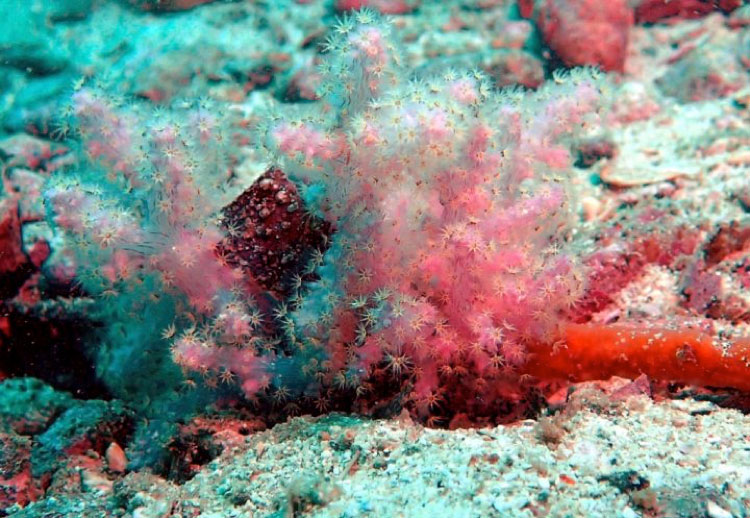
Looking back on the situation in Thailand, it is found that marine ecosystems in Thai oceans are experiencing a Coral Bleaching phenomenon. In May 2563BE, the Department of Marine and Coastal Resources revealed that the color of over 5-30 percent of shallow coral reefs had begun to fade, with 5-15 percent of coral reefs have already experienced coral bleaching. If left without rapidly resolving, it may cause the effects to escalate and see Thai coral reefs become extinct faster than expected. The catalyst causing this situation to deteriorate is Climate Change, especially El Niño which causes the ocean temperatures to rise. Though it may only be by 1-2 degrees Celsius, this temperature rise can kill the lives of coral reefs and seagrass as well. Furthermore, there is another important catalyst that is contributing to the continuous deterioration of Thai coral reefs, that is the expansion of Thailand’s tourism industry that not only creates massive income amounting to millions of baht but also creates pollution and disposes of tourism activity related waste directly into the sea. Counting the year 2562BE alone, there were approximately 39.7 million tourists that traveled into Thailand which of course tourism activities is one of the contributing factors causing the coral reefs to be destroyed, broken, and damaged in long strips from tourism boats dropping anchors into the sea, scraping and hitting the coral reefs. Additionally, this affects young marine life that used to rely on the coral reefs as a habitat and use them as nurseries during their reproductive stage, leaving them with no natural shelter.
In the past decade, diverse sectors have undertaken urgent research and development of guidelines to restore marine ecosystems using retired materials and byproducts of the tourism industry.Steel structures, car tyres, concrete rods, and PVC pipes, as well as high voltage transmission line insulators, have been used to create new artificial coral homes for marine life, and new coral has begun to grow and attach itself to these structures.However, as a result of the physical characteristics of these materials being inconsistent with the original natural condition of the surrounding coral reef, the ocean scenery is now unfavourable to ecotourism and Thailand’s ability to attract tourists back to its natural attractions.
Chulalongkorn University has foreseen the importance of restoring life to coral reefs and breathing life back into Thai seas, taking into consideration that if we leave the coral reefs to revive on their own during this time of unbalance in the ecosystems, it may end up being too late. Hence, they have partnered with multiple network alliances, urgently seeking solutions to the current threats surrounding coral reefs that have been mentioned above, with all their might. This is to be done through 2 pilot projects, studying coral propagation via artificial insemination to increase population and chances of survival, paired with creating new coral houses that are naturally aesthetically pleasing through a 3D cement and concrete printing molding process.
The research and conservation of coral reefs at Samae San Islands project, Sattahip District, Chonburi Province, is a pilot project that the Department of Marine Science, Faculty of Science, Chulalongkorn University worked together with three network partners which include the Plant Genetic Conservation Project Under the Royal Initiative of Her Royal Highness Princess Maha Chakri Sirindhorn, Naval Special Warfare Command, and Mubadala Petroleum. They initiated research into methods that will conserve coral reefs in the Samae San community, Sattahip District, Chonburi Province, which is a pilot area for breeding coral via sexual reproduction that is collected from nature and from Cryopreservation, using low temperature to maintain the condition of coral egg cells and sperm in laboratories for the first time in the world. This method of artificial insemination is a way to increase the population of young coral before releasing them into nature and also increasing survival rates by up to 40-50 percent, which if the coral was left to reproduce in its own nature, the survival rate for the young coral would only be 0.01 percent.
Source: mubadalauae
[ https://www.youtube.com/watch?v=0c7qC_CpWy0&t=46s ]
Currently, the project is able to propagate over 10 species of coral that are able to withstand high sea temperatures, therefore, not only is artificial insemination a way to sustainably conserve and restore coral in nature but is also a solution to Thailand’s coral bleaching issue.
Moreover, the project operator has also created a process to collaborate with over 4 villages in the Samae San community, Sattahip District, Chonburi Province, amounting to 6418 people who are primarily fisherman, merchants, and employees, by holding training to provide knowledge on techniques and processes of coral restoration and conservation while also jointly releasing coral back into the ocean. This is to create a conscience so the community love and cherish their local natural resources by having additional income from ecotourism as a motivator. As a result, Samae San’s income per capita increased totaling 178,766.58 baht per year.
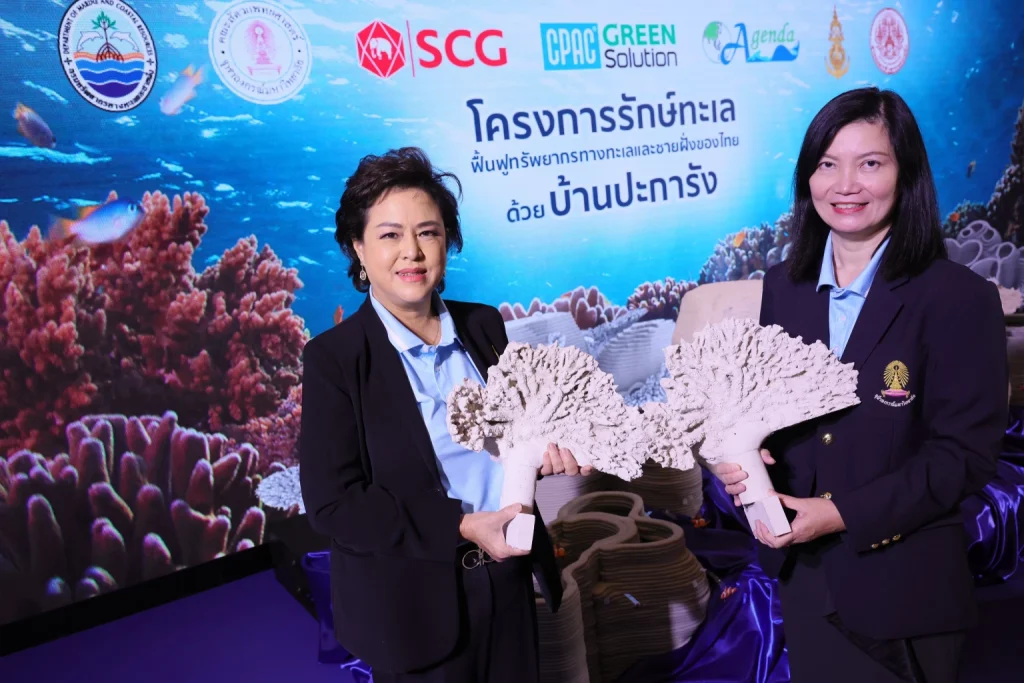
Although artificial insemination increases coral survival rate by 50 percent, due to the popularity of putting artificial corals into the sea to provide more habitat for animals, this then led to the use of artificial coral structures that are environmentally friendly by the Faculty of Veterinary Science, Chulalongkorn University, in partnership with the Siam Cement Group and the Department of Marine and Coastal Resources, Earth Agenda Foundation, along with partners supporting the Royal Thai Navy and King Mongkut’s University of Technology North Bangkok.They collaborated on a coral innovation project to help improve and restore coral ecosystems, conducting research and developing a new form of artificial coral innovation using methods to design a solid coral structure that is as beautiful as the natural ecosystem.This was accomplished in conjunction with the use of innovative coral materials that were created to be eco-friendly, and then moulded using a 3D cement concrete printer, making them strong and resilient. The exterior of the artificial 3D coral structures was composed of Nano Calcium Phosphate Particles, the primary component of coral embryo nutrition. Additionally, being able to detail the complexity of coral reefs structures well as well as being easily movable due to its lightweight, dismantlable, and can reduce the costs of transportation and labor used for installation.
Source: Sustainability Expo
[ https://www.youtube.com/watch?v=k_6HkhWajjo ]
This project will assist the Department of Marine and Coastal Resources in achieving its goal of restoring at least 40 percent of coral reefs by 2022 and expanding conservation areas for marine and coastal resources, such as marine protected areas. [ https://www.chula.ac.th/clipping/81203/ ]
Coral innovations can also be created and can take a variety of forms, such as prototypes for future artificial coral reefs and artificial reefs for tourism. Replace natural coral reefs or marine parks with Smart Stations that can be used to install various devices
The value that this project has added to Thai seas is not only an increase in habitats for marine life, but also monthly project performance monitoring around Koh Sichang by examining the number and diversity of species that cling to artificial corals, testing submergence from sediments, and conducting continuous water quality testing. This effort resulted in the receipt of the Product and Service Design award from the National Innovation Agency (a public organisation) in October 2563BE. [ https://www.bangkokbiznews.com/social/1019733 ]
As a result, it is now evident that both projects that Chulalongkorn University has conducted are methods of restoration and conservation of Thai coral reefs that have resulted in rapid revival due to environmentally conscious mindsets and the development of innovations based on understanding, as well as the formation of collaborations with network partners, thereby transferring this sustainability to the community for the foreseeable future.
Source: Warut Srisuwan
[ https://www.youtube.com/watch?v=TVjbvjMz8Wk&t=2s ]
In addition, Chulalongkorn University has involved in Reef Check Program in monitoring coral reef health in the Gulf of Thailand and Andaman sea to promote monitoring programs not only for scientific data used among scientists but for stewardship practices of sustainable reef communities among local communities and policy markers to make science-based ocean management and conservation decisions. [ https://www.reefcheck.org/country/thailand/ ]
BY
- Faculty of Veterinary Science, Chulalongkorn University
- Faculty of Science, Chulalongkorn university
- Chula Unisearch, Chulalongkorn University
Related articles:
Others

